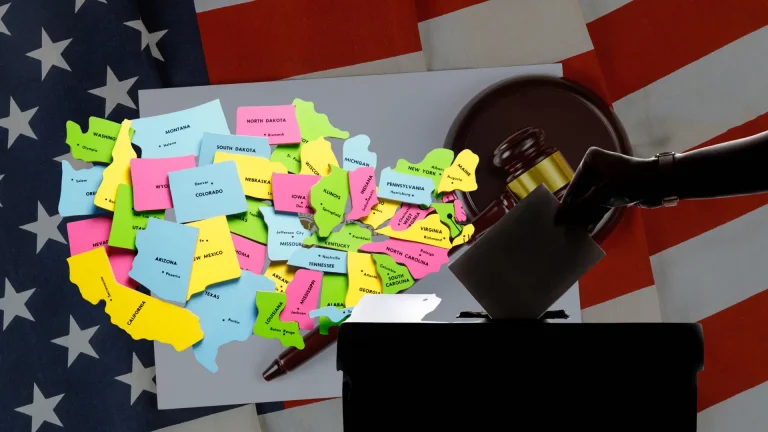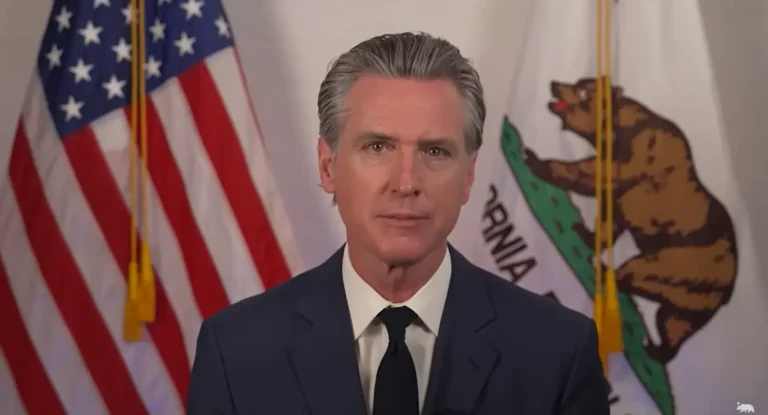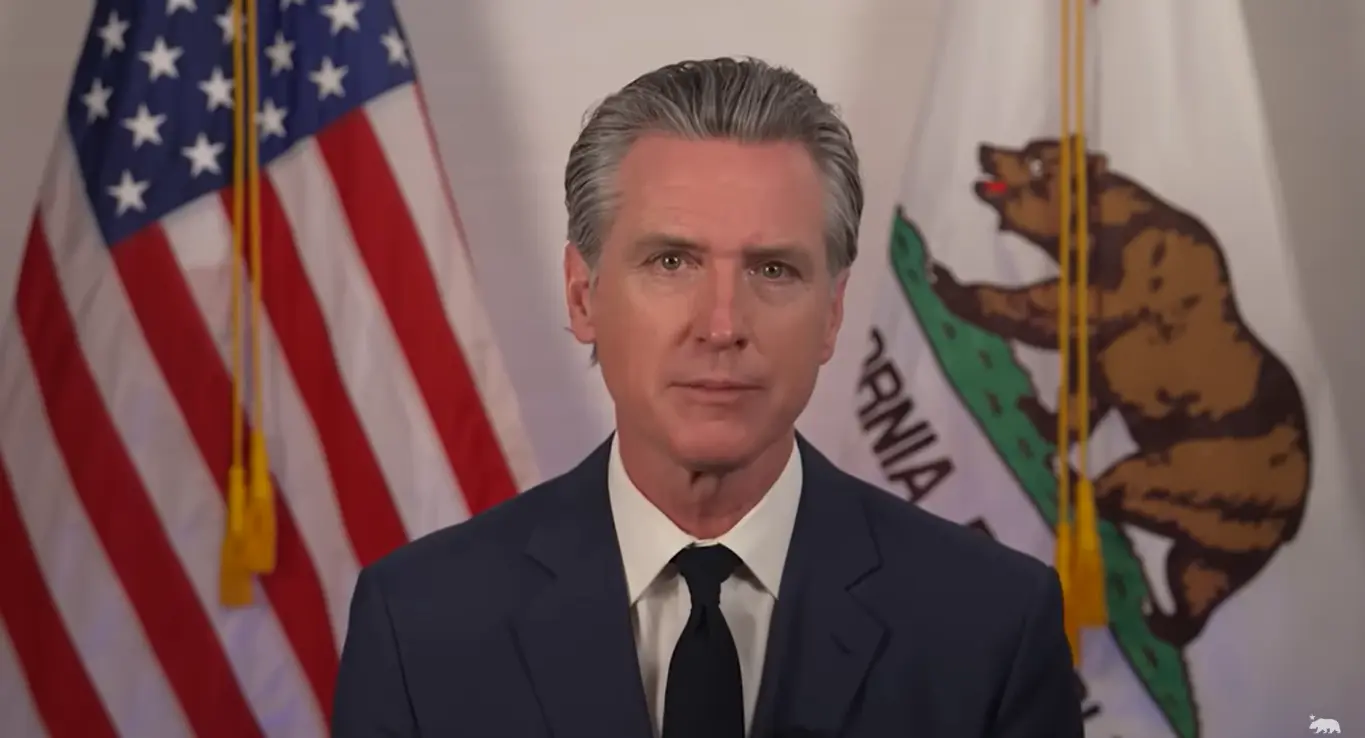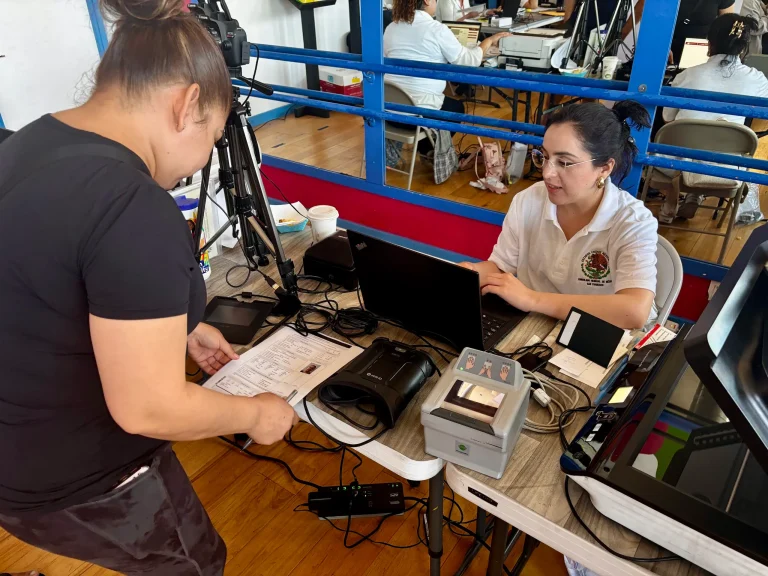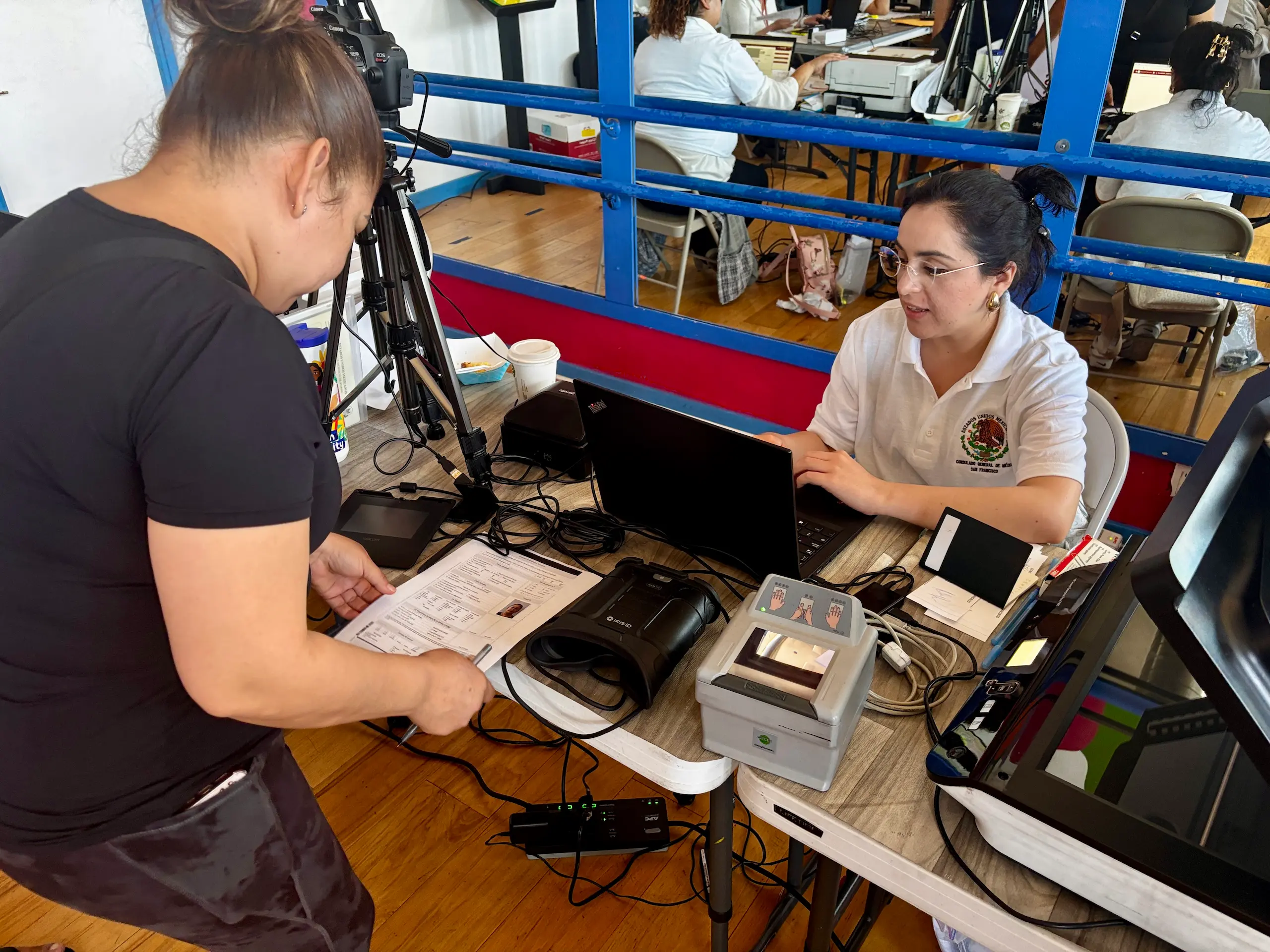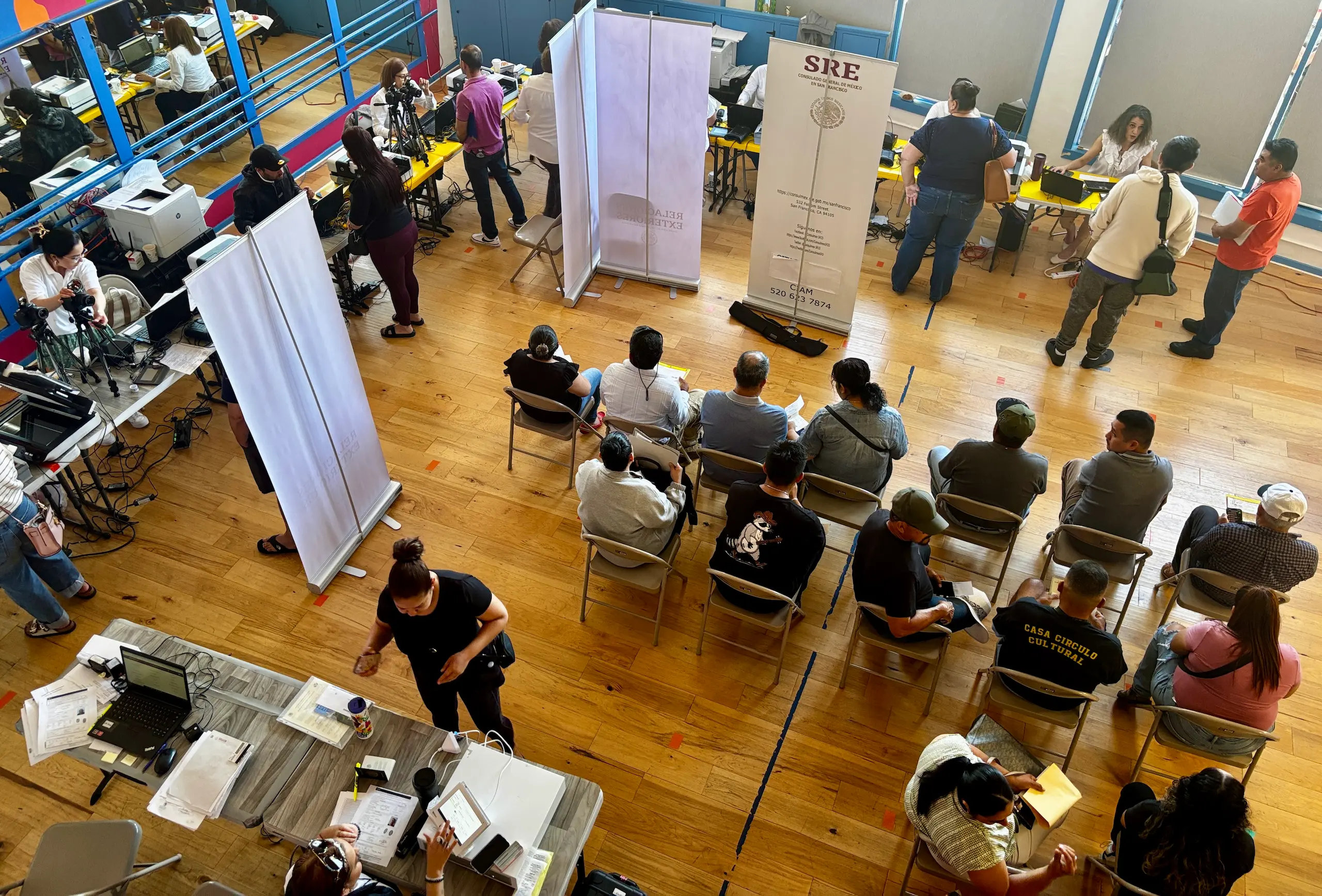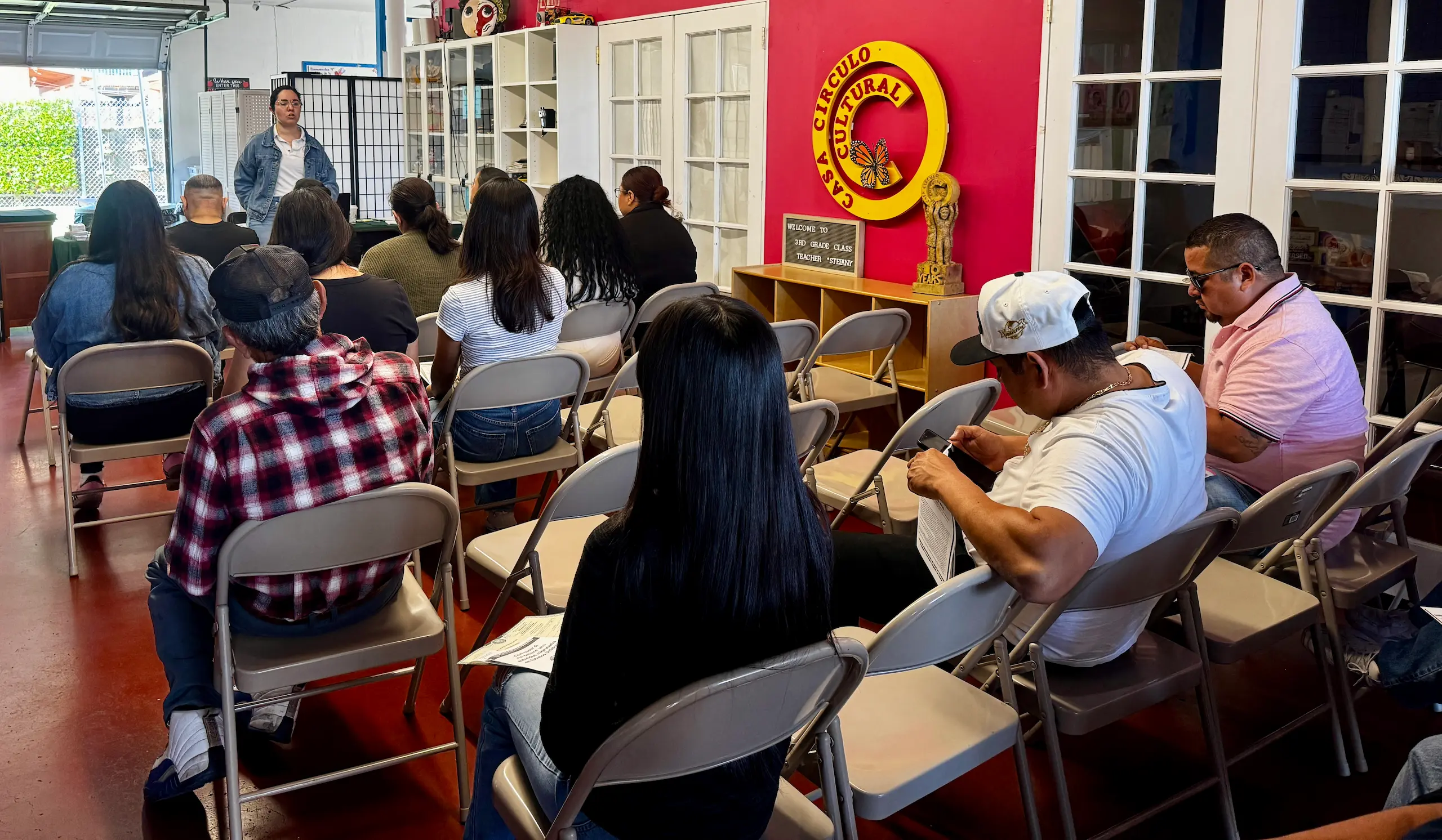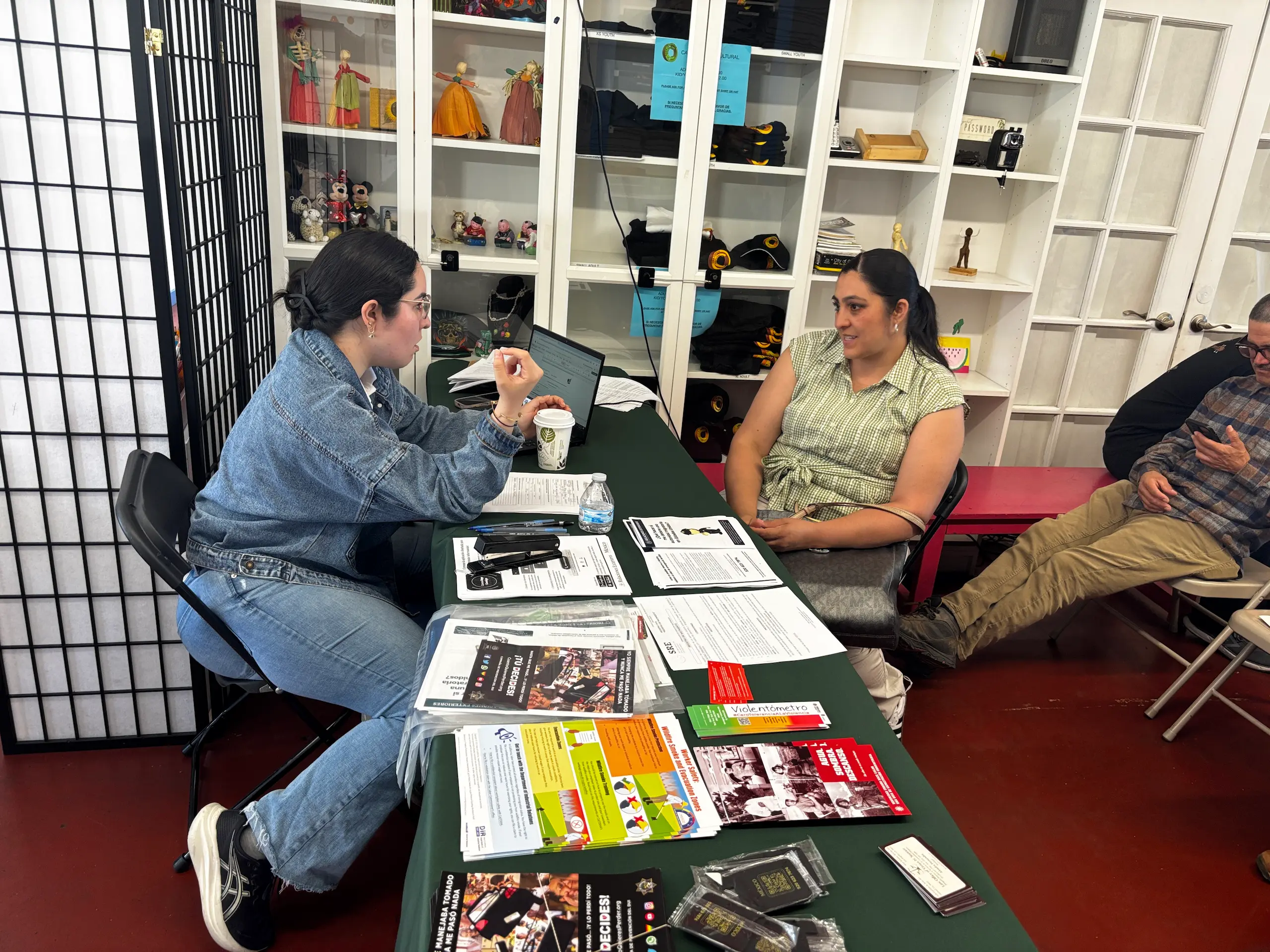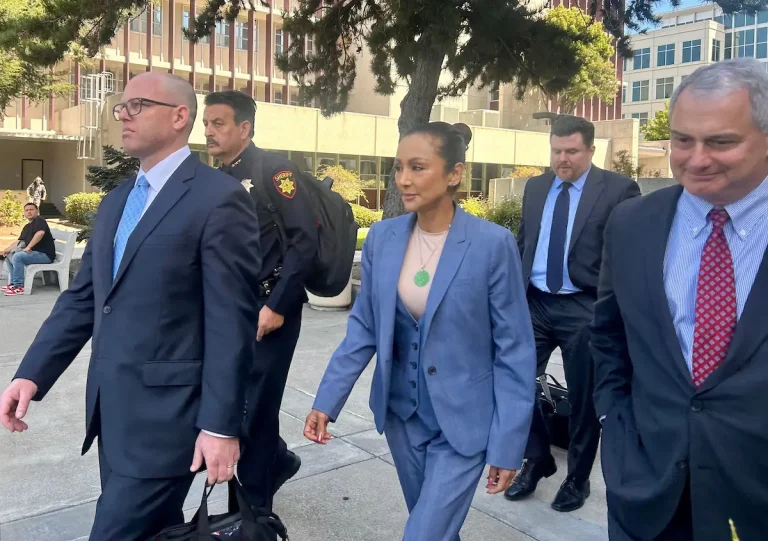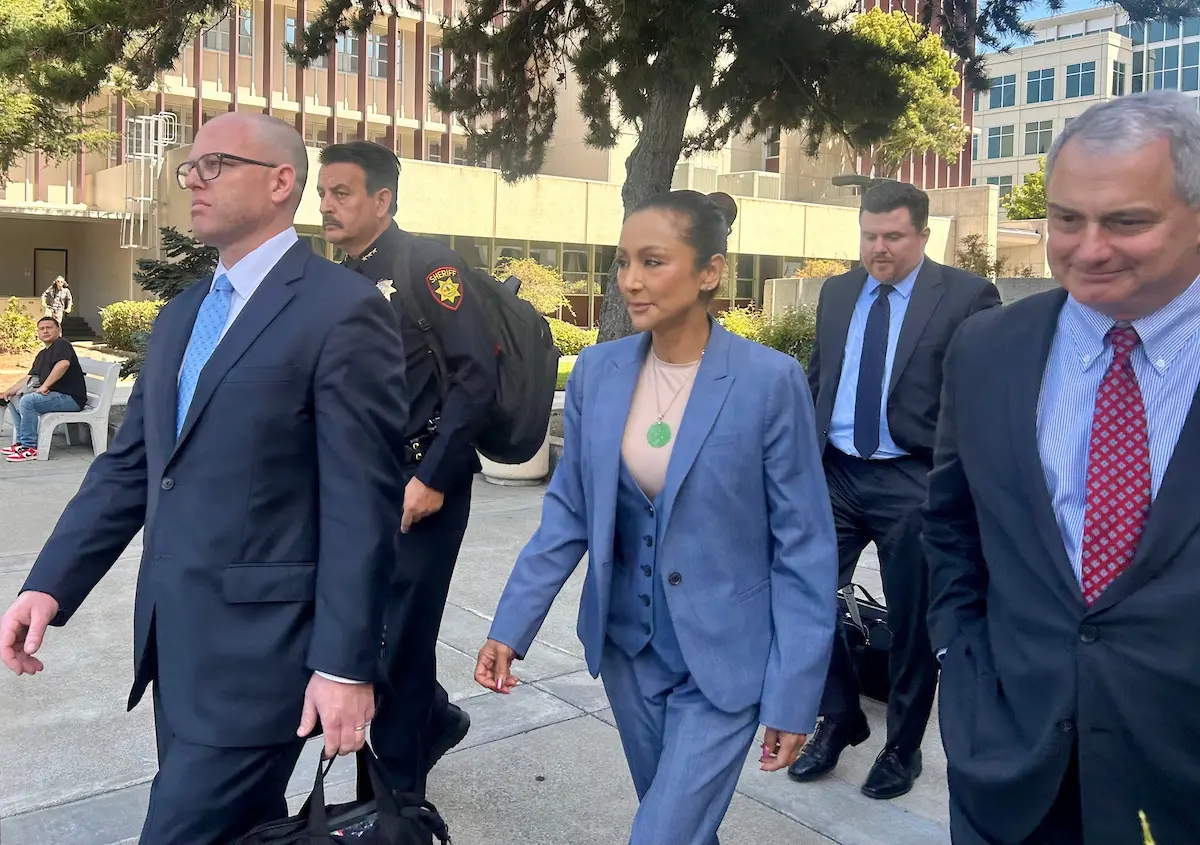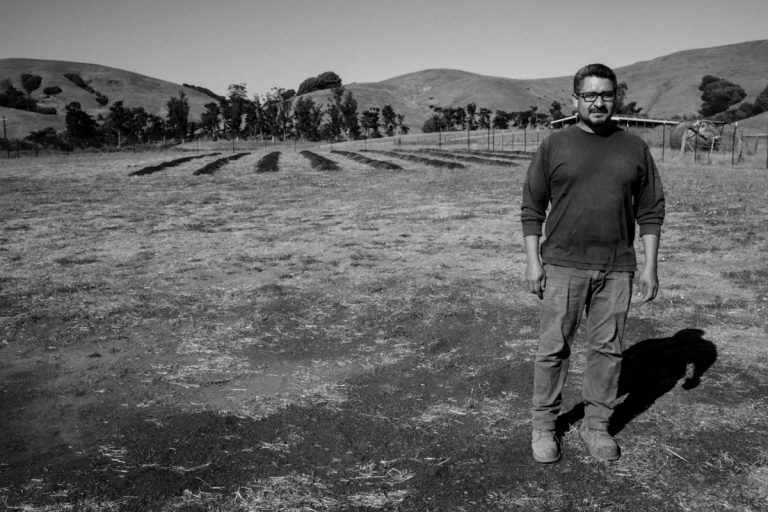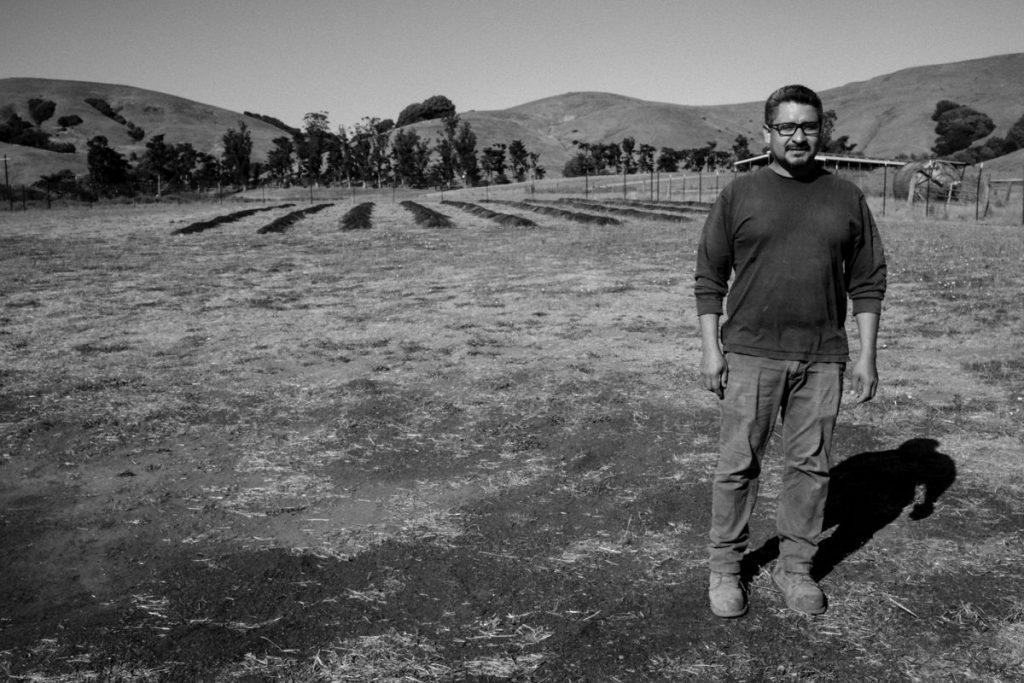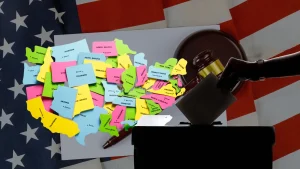
La redistribución de distritos ha sido una herramienta valiosa para la representación de las comunidades, sin embargo, ahora los republicanos están impulsando nuevos mapas respaldados por el presidente Donald Trump para sumar al Partido Republicano hasta cinco escaños en la Cámara de Representantes, dejando a un lado el valor del voto y la distribución representativa que da voz a los ciudadanos.
La Cámara de Representantes de Texas aprobó un proyecto de ley de redistribución de distritos electorales, lo que le favorecerá en las siguientes elecciones legislativas, con la posibilidad de ganar cinco escaños en la Cámara de Representantes, sin importar que estos procesos se llevaban a cabo cada diez años, con un censo de la población previo adaptándose a los cambios demográficos.
“El censo dice que debemos redistribuir los distritos después de conocer las nuevas cifras de población, si se permite dibujar nuevos mapas ahora, ya sean rojos o azules solo para no perder nunca, entonces los políticos y líderes ya no escucharán al pueblo y no quedará democracia, ya no importarán las comunidades minoritarias”, dijo el representante Estatal Gene Wu del Distrito 137 de la Cámara de Representantes de Texas.
During a briefing held by American Community Media (ACoM), Wu aseguró que “las políticas que se están implementando ahora mismo están causando consecuencias masivas, desde los precios que han aumentado en todos los ámbitos en los últimos meses, sin señales de que estos aumentos vayan a frenar”, hasta la pérdida de empleos.
“El turismo ha bajado un 50 por ciento en muchas zonas, muchos negocios simplemente no pueden permanecer abiertos, estas políticas apenas están comenzando. Nos dirigimos directamente hacia una de las peores recesiones que hemos visto en mucho tiempo y los republicanos lo saben, son los únicos culpables con sus políticas y su apoyo ciego a Donald Trump”, dijo el representante de Texas.
Gene Wu se mostró preocupado por la redistribución de mapas en Texas, pues solo esta a favor de un solo sector: “las comunidades latinas han acumulado poder con el tiempo, pero están más dispersas y los empujarán hacia un área de mayoría blanca, y entonces sus voces ya no importarán”.
Thomas Saenz, presidente y asesor jurídico general de The Latino Legal Voice for Civil Rights in America (MALDEF), explicó que anteriormente ya se había buscado maximizar la ventaja republicana en el mapa en Texas, sin embargo, con el crecimiento de la comunidad de latinos y otras personas de color no habían logrado avanzar.
“La comunidad latina es la principal en el estado de Texas, entonces se producirán violaciones al derecho al voto con la creación de distritos de mayoría latina dispersos, dejando poca probabilidad de elegir candidatos que representen a la comunidad realmente”, agregando, “todo está claramente orquestado con el objetivo de Donald Trump para evitar una pérdida masiva de escaños en la Cámara de Representantes”, dijo Saenz
California modifica sus mapas electorales para anular la ventaja republicana
El gobernador Gavin Newsom anunció que California contrarrestaría la medida de Texas rediseñando sus propios distritos congresionales para favorecer a los demócratas a través de un paquete legislativo conocido como “Ley de Respuesta a la Manipulación Electoral”.
Se espera una elección especial el próximo 4 de noviembre para someter las medidas de redistribución de distritos, incluyendo la Proposición 50, llamada Elecciones Justas en los 50 estados.
Durante la sesión informativa de American Community Media, Sam Wang, presidente del Laboratorio de Innovación Electoral de Princeton, aseguró que es importante participar en las votaciones, sin sentir que su voto no tendrá peso alguno, pues “hay más distritos competitivos que hace 10 años y la manipulación de los distritos electorales en Texas no afecta el derecho al voto”.
Por otra parte, explicó que “el gobernador Newsom ha propuesto cambiar la Constitución, anular temporalmente el proceso que se hace cada 10 años con el censo y la comisión especial, apegándose a las leyes estatales, entonces los californianos deberían votar en noviembre y decidir, qué hacer con los mapas del Congreso durante los próximos 4 años”.
El 80 por ciento de las elecciones se determinan en las primarias, entonces se debe presentar un mapa justo desde la distribución de las elecciones primarias para obtener un grado de representación real, aunque es muy posible que la manipulación racial de los distritos electorales regrese en los próximos años, expresó Wang.
Por su parte, Sara Rohani, asesora jurídica adjunta del Fondo de Defensa Legal de la NAACP, comentó que los resultados del censo de 2020 revelaron que las poblaciones afrodescendientes estaban aumentando, mientras que las poblaciones blancas estaban disminuyendo.
“El crecimiento poblacional en este país durante la última década ha sido impulsado por los votantes de color, y los nuevos mapas electorales deberían reflejar mayores oportunidades electorales para los votantes afrodescendientes y otros votantes de color”, dijo.
Los votantes afrodescendientes de todo el país lucharon durante años para ser reconocidos y representados de manera justa, pero ahora los mapas propuestos en ciertos estados tendrían un impacto discriminatorio en los votantes de color, comentó Rohani.
Finalizó diciendo:” lo más importante es recordar que la representación justa no es opcional, es el derecho de todos los estadounidenses a la igualdad de voto, es un pilar fundamental de nuestra democracia. A largo de la historia, hasta el día de hoy, los votantes de color han sido excluidos del proceso democrático. En 2025, es evidente que nuestra lucha por mapas electorales justos continúa, para garantizar que cada voto cuente y exista la igualdad de oportunidades”.
You may be interested in: “California no se quedará de brazos cruzados”: Newsom firma paquete para frenar intentos de Trump contra la democracia

